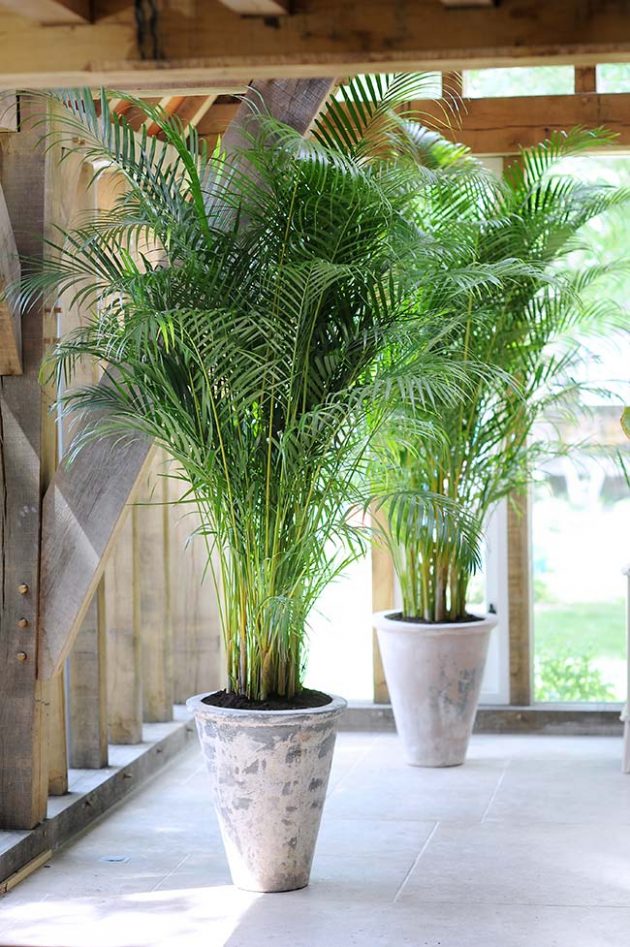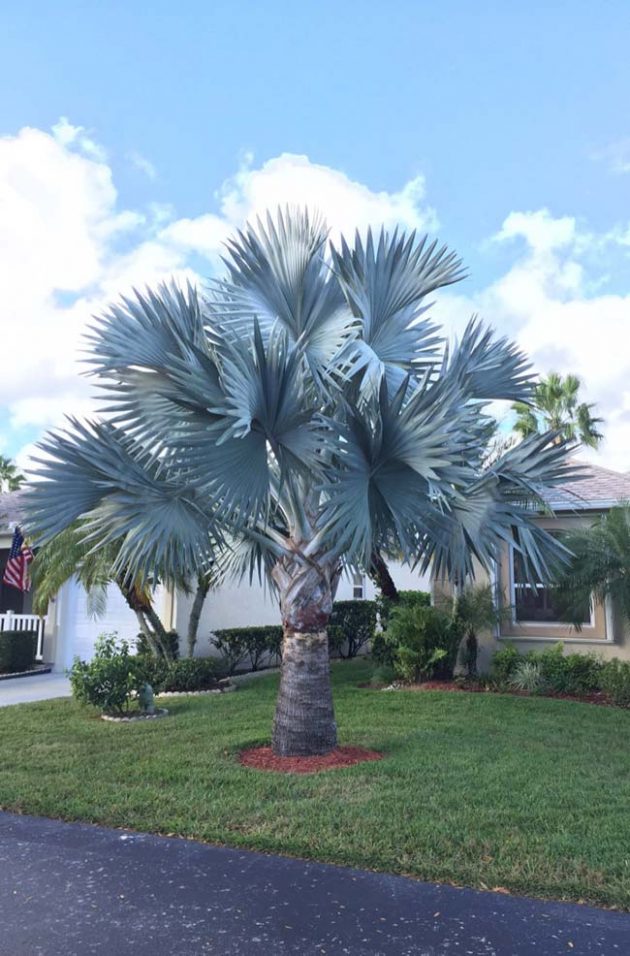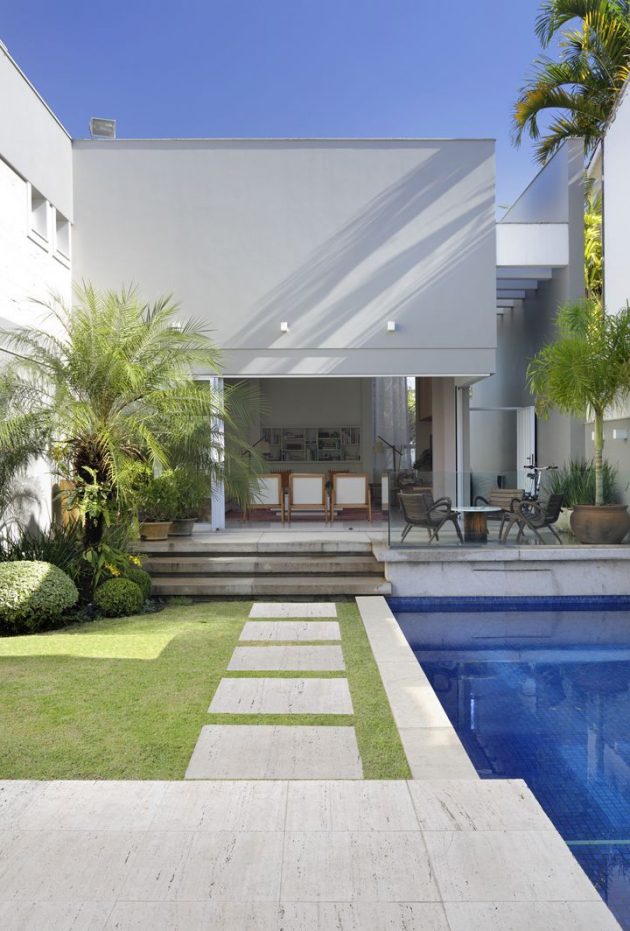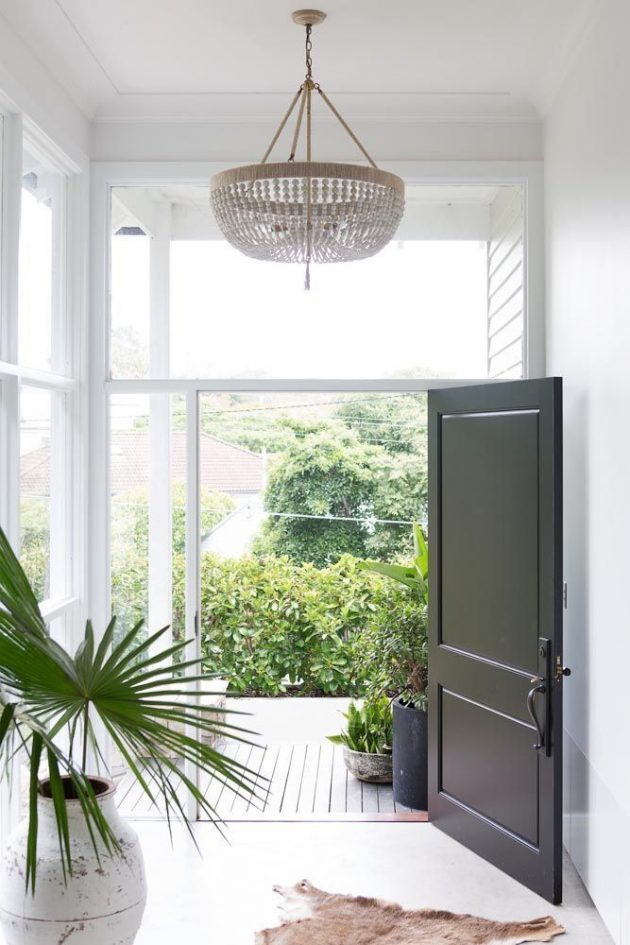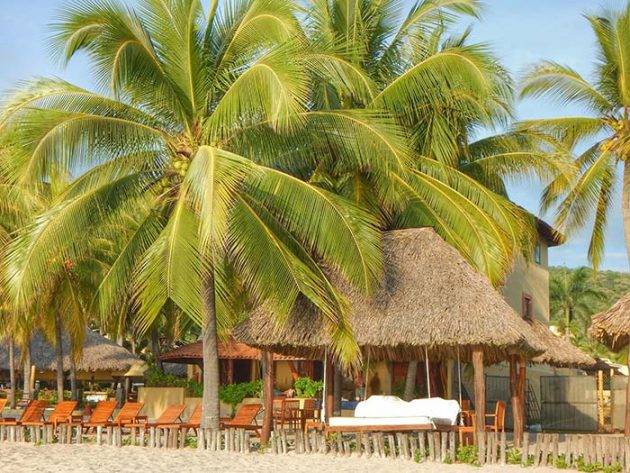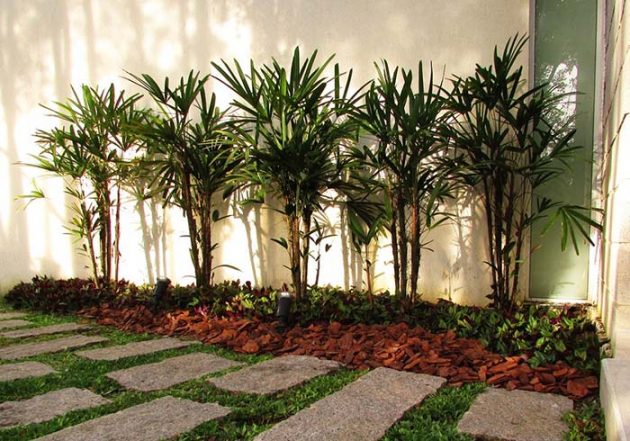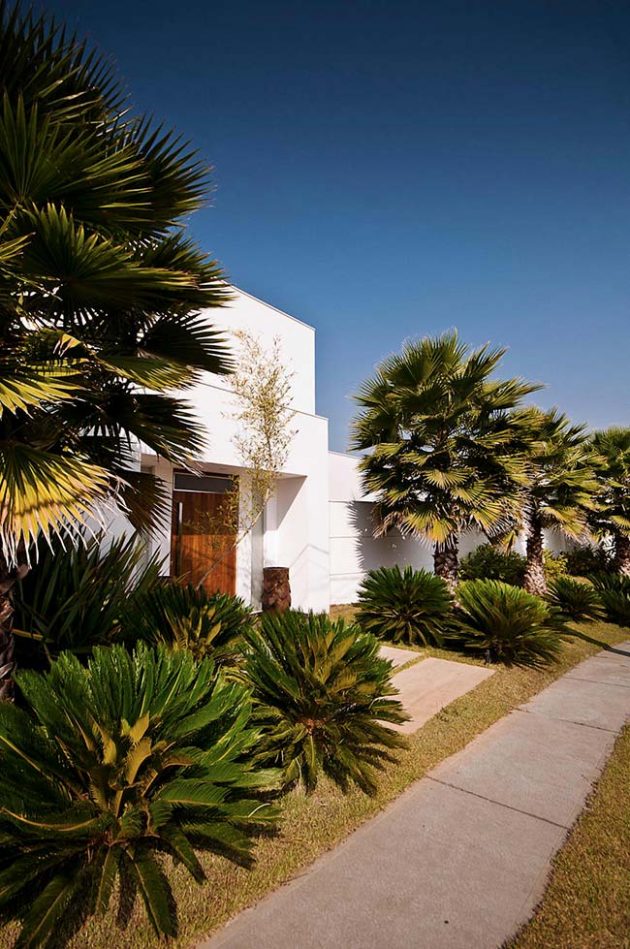You may have noticed the variety of palm trees that decorate gardens, balconies, and flower beds around. But you may not know that there are about two thousand species of palm trees cataloged. Given so much variety, how to choose, among the most diverse types of palm trees, the most suitable to compose a landscape project ?. Let’s clarify this and other doubts in this post. Keep following to learn how to identify the most common types of palm and the correct way to plant and care for the plant. Palm trees are tropical plants mainly from countries in Africa, Latin America, and South Asia. This type of plant grows a lot and can reach up to 40 meters in height in some species, such as the Imperial Palm. That is why it is important to assess the location where the palm will be planted to avoid inconvenience in the future. Even because the palm trees are a companion for life.
How to plant
There are palm species that can be planted in pots or beds, while others, due to their growth, are more suitable for outdoor areas (let’s talk in more detail about the planting of each species below). For this reason, it is important that you first define where you want the palm tree to be. From this, it becomes easier to determine the most suitable species.
Another important detail to be observed before planting is the climate in your region. Palm trees are tropical plants that enjoy warm, humid, and sunny weather. The annual temperature must be kept above 22º for the plant to develop properly. So, plant your palm in a place that receives sunlight daily.
The best time of the year to plant palm trees is between summer and early autumn, the period with the highest rainfall. Before planting prepare the soil with organic fertilizer, rich in humus.
Some palm species have thorns or pointed leaves, so avoid planting them at the entrance or in places where there is a lot of circulation to avoid accidents.
Palm Care
After planting, it is necessary to maintain certain care to ensure the beauty and longevity of the palm. Such palm tree care includes frequent watering since humidity is a key factor for the health of the plant.
It is advisable to water it every two days and on warmer days, double your attention so that the earth does not become dry.
Fertilize every six months with manure or other organic material. Pruning is also important to direct plant growth, take the opportunity to remove dry or diseased branches so as not to interfere with healthy leaves. And finally, make sure your palm gets direct sunlight.
Check now the most common types of palm trees used in landscaping and the characteristics of each. Thus, there is no mistaking the choice:
1. Areca Palm
The areca palm is a very common type seen in internal and external landscape projects. The species has rapid growth and can reach three meters in height. The areca develops both in half shade and full sun and is therefore very suitable for planting in pots decorating the interior of homes.
2. Blue Palm
Originally from the island of Madagascar, the Blue Palm is exotic and very different from the others. Its large, fan-shaped leaves have a silver-tone, making a slight reference to the blue color. Without a doubt, it is a beautiful plant to decorate the house. However, due to its size, the Blue Palm must be planted in open and wide places, since the plant can reach up to 12 meters in height. The species can be planted alone, creating a focal point in the garden or groups, causing an equally charming effect. In this case, however, it is important to pay attention to the minimum distance between each seedling, which must be at least eight meters.
3. Palm Tree Phoenix
The Fênix Palm is also known as mini palm, since it tends to grow much less than the other species, reaching a maximum of two meters in height. Despite preferring full sun, Palmeira Fênix develops very well in half shade. For this reason, it is widely used to compose interior decoration.
4. Palm Tree Bottle
Palmeira Bottle is a sculptural and very exotic species, ideal for ornamenting gardens. Slow growing, this palm can reach up to six meters in height. The characteristic shape of this species is due to the expansion of the base of the trunk for water storage. The bottle palm should be grown in full sun with well-fertilized soil. The most recommended is to do the planting alone to highlight the sculptural detail of the plant.
5. Imperial palm
The Imperial Palm does not have that name by chance. The first of its kind was planted for the first time in Brazil by D. João VI and became a symbol of the empire. Of majestic size, the imperial palm can reach 40 meters in height, being ideal to accompany large constructions, avenues, boulevards, and large residences. The best way to plant it is in pairs, groups or rows. The isolated species is lost and disproportionate in the environment.
6. Fan Palm
The fan palm is a small species, hardly reaching more than three meters in height. This plant stands out for its large triangular leaves, pleated and with serrated edges. The fan palm is a great option for planting outdoors and indoors, and can even be grown in pots. The important thing is to keep the plant in a well-lit place.
7. Royal Palm
The Royal palm is a species originally from Australia, but it has adapted very well to the Brazilian climate and, today, is one of the main species used for the ornamentation of external areas. The Royal Palm can reach up to 20 meters in height and is very resistant to cold and frost, and can even be planted in mountainous regions.
8. Rabo de Raposa Palm
The leaves of this palm are its great highlight. The arched shape and countless leaflets make them similar to bottle brushes or foxtails, as the name suggests. This species is widely used in gardens, being generally planted in groups of three to four palm trees to ensure the exuberant look of the species. In pots, during the young stage, the plant develops well if placed in a well-lit place.
9. Palm Tree Raffia
The raffia palm is an elegant and very ornamental species that can be planted in flower beds, gardens or vases, and is widely used for interior decoration. The Japanese were the first to use the plant for decorative purposes. As an adult, the raffia palm can reach up to three meters in height. This species of palm tree enjoys a milder climate and can be grown both in full sun and in shade. Waterings must be regular.
10. Washingtonia Palm
Washingtonia palm or Saia palm tree, as it is also known, is one of the palm species that has adapted to the Brazilian soil. Originating in the United States and Mexico, this species can reach up to 20 meters in height. Washtonia palm leaves are large and fan-shaped, forming a wide open canopy. An interesting characteristic of this palm is that its old leaves do not fall, as it happens in the other varieties, with that the plant creates a brownish skirt of dry leaves. This peculiarity of the plant can end up becoming a problem, since this skirt can shelter pigeons and mice, and the permanence of the leaves makes the plant highly flammable, and can easily catch fire. These negative aspects of the plant can cause it to be removed from the site to avoid accidents and other inconveniences.

